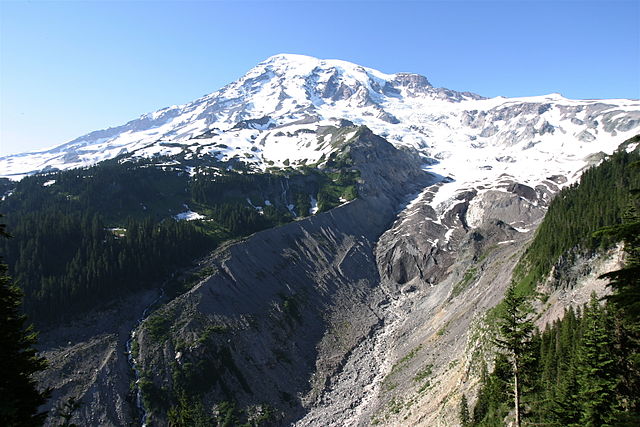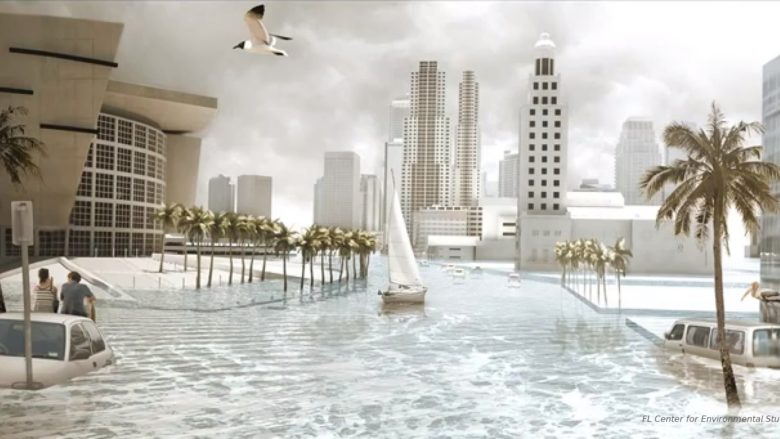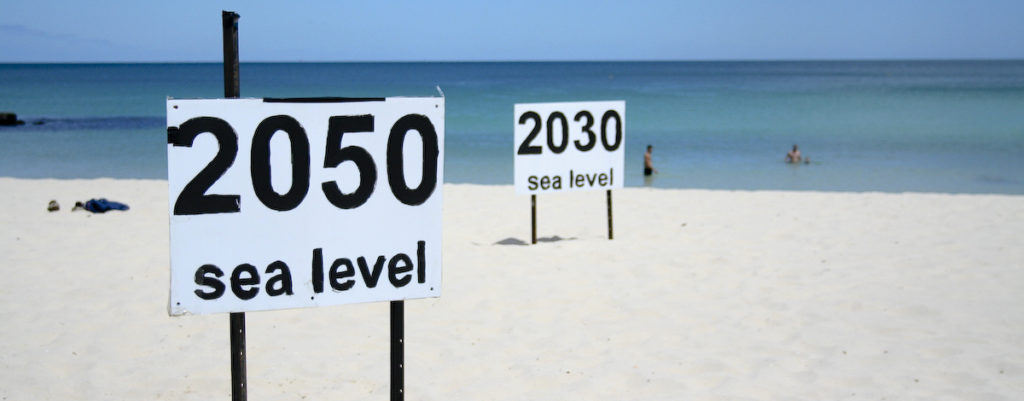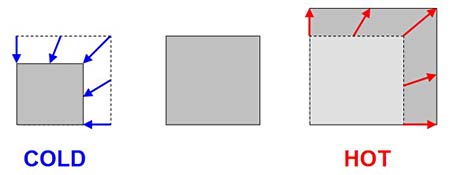Sea Level Rise
Basics
Sea level rise impacts coastal communities around the world. Washington State could experience a rise of 4 to 56 inches by 2100 within Puget Sound. A rise in sea level means low lying lands will be covered with water, flooding of rivers is made worse, and coastal habitats are pushed back or eliminated. These impacts are taken into consideration by the people who make plans for cities like Olympia, Lacey, Tacoma, and Seattle. These planners work to make sure our communities don’t build something that will end up under water in 50 years! But what is contributing to sea level rise?
Causes of Sea Level Rise
Thermal Expansion
Substances expand, or take up more space, when they are warmed. We call this “thermal expansion”. The ocean absorbs heat from our atmosphere, and as it does so the ocean’s temperature rises. As the temperature of the ocean rises, the water actually starts to expand, or take up more space.
Land-based Ice Melt
Land-based ice is frozen water on land, like glaciers on Mt. Rainier or ice sheets on Antarctica. Ice also forms in freezing waters, and this is called sea-based ice because it’s floating in the sea. When sea ice melts, it’s just like ice cubes melting in your glass of water or lemonade. The level of the liquid doesn’t change. But when land-based ice melts, it would be like pouring another glass of water into the glass you already have. Land-based ice melt adds water to the ocean and contributes to rising sea levels.

Nisqually Glacier, seen on the right hand side of this photo, on Mt. Rainier is land-based ice. Normally it stores water as ice, but with rising temperatures more of the glacier melts and adds water to the ocean.
When sea-based ice melts, it doesn’t change sea level because it doesn’t actually add water into the ocean; it just changes from frozen to liquid. On the other hand land-based ice melt actually adds more water to the ocean. Check out this link for a great visual example of ice shelf melt (sea-based) vs ice sheet melt (land based).
Conclusion
Thermal expansion of the oceans contributes more to sea level rise than does land-based ice melt.


